Transcription of Insight Report Global Gender Gap ... - World Economic Forum
1 Insight ReportGlobal Gender Gap Report 20202 World Economic Forum 91-93 route de la CapiteCH-1223 Cologny/GenevaSwitzerlandTel.: +41 (0)22 869 1212 Fax: +41 (0)22 786 2744E-mail: 2019by the World Economic ForumAll rights reserved. No part of this publication may be reproduced, stored in a retrieval sys-tem, or transmitted, in any form or by any means, electronic, mechanical, photocopying, or otherwise without the prior permission of the World Economic : 978-2-940631-03-2 The Report and an interactive data platform are available at of Use and DisclaimerThe analysis presented in the Global Gender Gap Report 2020 (herein: Report ) is based on a methodology integrating the latest statistics from international organizations and a survey of findings, interpretations and conclusions expressed in this work do not necessarily reflect the views of the World Economic Forum .
2 The Report presents information and data that were compiled and/or collected by the World Economic Forum (all information and data referred herein as Data ). Data in this Report is subject to change without notice. The terms country and nation as used in this Report do not in all cases refer to a territorial entity that is a state as understood by international law and practice. The terms cover well-defined, geographically self-contained Economic areas that may not be states but for which statistical data are maintained on a separate and independent basis. Although the World Economic Forum takes every reasonable step to ensure that the Data thus compiled and/or collected is accurately reflected in this Report , the World Economic Forum , its agents, officers and employees: (i) provide the Data as is, as available and without warranty of any kind, either express or implied, including, without limitation, warranties of merchantability, fitness for a particular purpose and non-infringement; (ii) make no representations, express or implied, as to the accuracy of the Data contained in this Report or its suitability for any particular purpose.
3 (iii) accept no liability for any use of the said Data or reliance placed on it, in particular, for any interpretation, decisions, or actions based on the Data in this Report . Other parties may have ownership interests in some of the Data contained in this Report . The World Economic Forum in no way represents or warrants that it owns or controls all rights in all Data, and the World Economic Forum will not be liable to users for any claims brought against users by third parties in connection with their use of any Data. The World Economic Forum , its agents, officers and employees do not endorse or in any respect warrant any third-party products or services by virtue of any Data, material or content referred to or included in this Report .
4 Users shall not infringe upon the integrity of the Data and in particular shall refrain from any act of alteration of the Data that intentionally affects its nature or accuracy. If the Data is materially transformed by the user, this must be stated explicitly along with the required source citation. For Data compiled by parties other than the World Economic Forum , users must refer to these parties terms of use, in particular concerning the attribution, distribution, and reproduction of the Data. When Data for which the World Economic Forum is the source (herein World Economic Forum ), is distributed or reproduced, it must appear accurately and be attributed to the World Economic Forum .
5 This source attribution requirement is attached to any use of Data, whether obtained directly from the World Economic Forum or from a user. Users who make World Economic Forum Data available to other users through any type of distribution or download environment agree to make reasonable efforts to communicate and promote compliance by their end users with these terms. Users who intend to sell World Economic Forum Data as part of a database or as a stand-alone product must first obtain the permission from the World Economic Forum _____4 Key Findings _____5 PART 1 - MEASURING THE Global Gender GAP _____7 Chapter 1 - The Global Gender Gap Index 2020 _____8 Global Results, 2020 _____8 Progress over Time _____15 Performance by Region _____20 Chapter 2 - The Future of Gender Parity _____37 Gender Gaps in Frontier Roles _____37 Gender Gaps in Frontier Skills _____38 The Road to Gender Parity in the Fourth Industrial Revolution _____42 Appendix A - Regional Classifications _____44 Appendix B - The Global Gender Gap Index: Methodology and Technical Notes _____45 Section A.
6 Computation and Composition of the Global Gender Gap Index _____45 Section B: Indicators Definitions and Sources _____48 Notes & References _____56 PART 2 - COUNTRY PROFILES _____58 How to Read the Country Profiles _____59 Index of Country Profiles _____62 Country Profiles _____63 Contributors and Acknowledgments _____3694At the dawn of the 2020s, building fairer and more inclu-sive economies must be the goal of Global , national and industry leaders. To get there, instilling Gender parity across education, health, politics and across all forms of Economic participation will be critical. Over the past 14 years the Global Gender Gap Index included in this Report has served as a compass to track progress on relative gaps between women and men on health, education, economy and politics.
7 Through this annual yardstick, stakeholders within each country are able to set priorities relevant in each specific Economic , political and cultural context. This year s Report highlights the growing urgency for action. Without the equal inclusion of half of the World s tal-ent, we will not be able to deliver on the promise of the Fourth Industrial Revolution for all of society, grow our economies for greater shared prosperity or achieve the UN Sustainable Development Goals. At the present rate of change, it will take nearly a century to achieve parity, a timeline we simply cannot accept in today s globalized World , especially among younger generations who hold increasingly progressive views of Gender equality. Fortunately, the pathways to accelerating Gender parity have also become more evident.
8 Companies must treat peo-ple with dignity and respect and offer equal opportunities to all members of the society, leveraging Gender diversity and investing in all of their talent through ongoing upskilling and reskilling. Governments must create policies that provide talent development, integration and deployment opportuni-ties for all genders, diversify the leadership pool and provide support to families and caregivers, in both youthful and ageing societies alike. And business and government must work together on creating a new Economic and social nar-rative for action and on coordinating and speeding up the process of change. At the World Economic Forum , in our Platform for Shap-ing the New Economy and Society, we are supplementing studies such as this annual Report , with a growing portfo-lio of impact-focused initiatives.
9 Our Closing the Gender Gap Accelerators work with advanced and developing economies to create public-private collaborations for rapid acceleration to Economic parity, focusing on increasing women s participation in the workforce, closing the pay gap between men and women, and helping more women advance into leadership roles and develop in-demand skills. Our Hardwiring Gender Parity in the Future of Work initiative is starting with a commitment framework for businesses to embed parity into their fastest growing professions. We are delighted to feature in this Report a special collaboration with our partner LinkedIn exploring Gender gaps in some of the Prefacemost critical professions of the new economy.
10 Finally, we have set ourselves an institutional target to at least double the participation of women leaders at our Annual Meeting in Davos over the next decade, as a symbol of the leadership shift that must occur globally to make our economies and societies more inclusive. On behalf of the Forum , I would like to express my grat-itude to Roberto Crotti, Thierry Geiger, Vesselina Ratcheva and Saadia Zahidi for their leadership of this project, as well as all members of the Platform for shaping the New Econ-omy and Society team for their support. Additionally, this Report and our broader work on Gender parity benefits from the outstanding engagement of the Partners of the Platform for Shaping the Future of the New Economy and are certain that this Report will contribute to shaping mindsets and catalysing action towards the achievement of Gender equality.
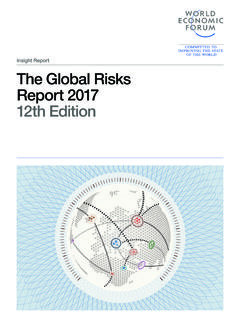
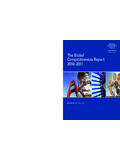


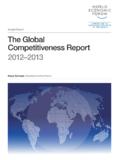
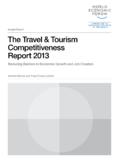


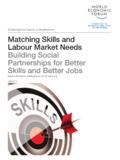
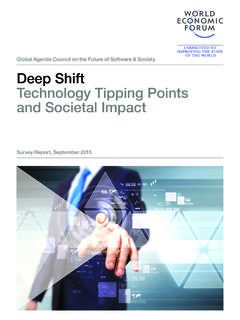
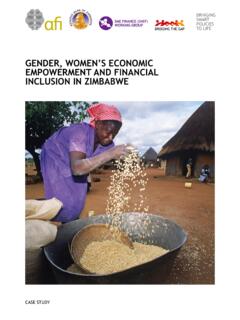
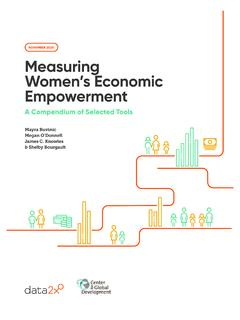
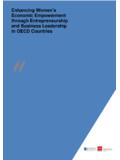
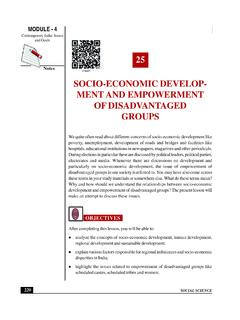
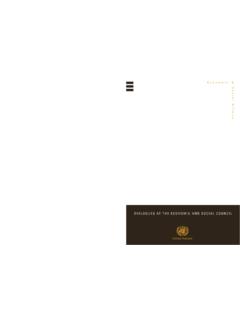
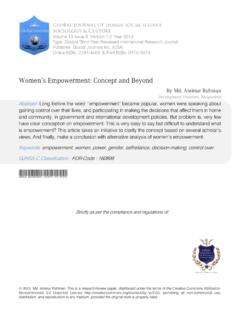
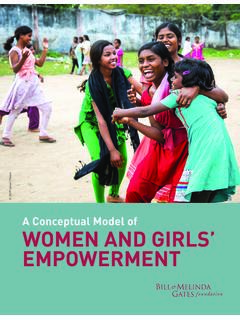
![Gender Equality and Women's Empowerment in India [OD57]](/cache/preview/0/7/f/d/9/7/1/6/thumb-07fd97166dd92c7359501888c42037d3.jpg)